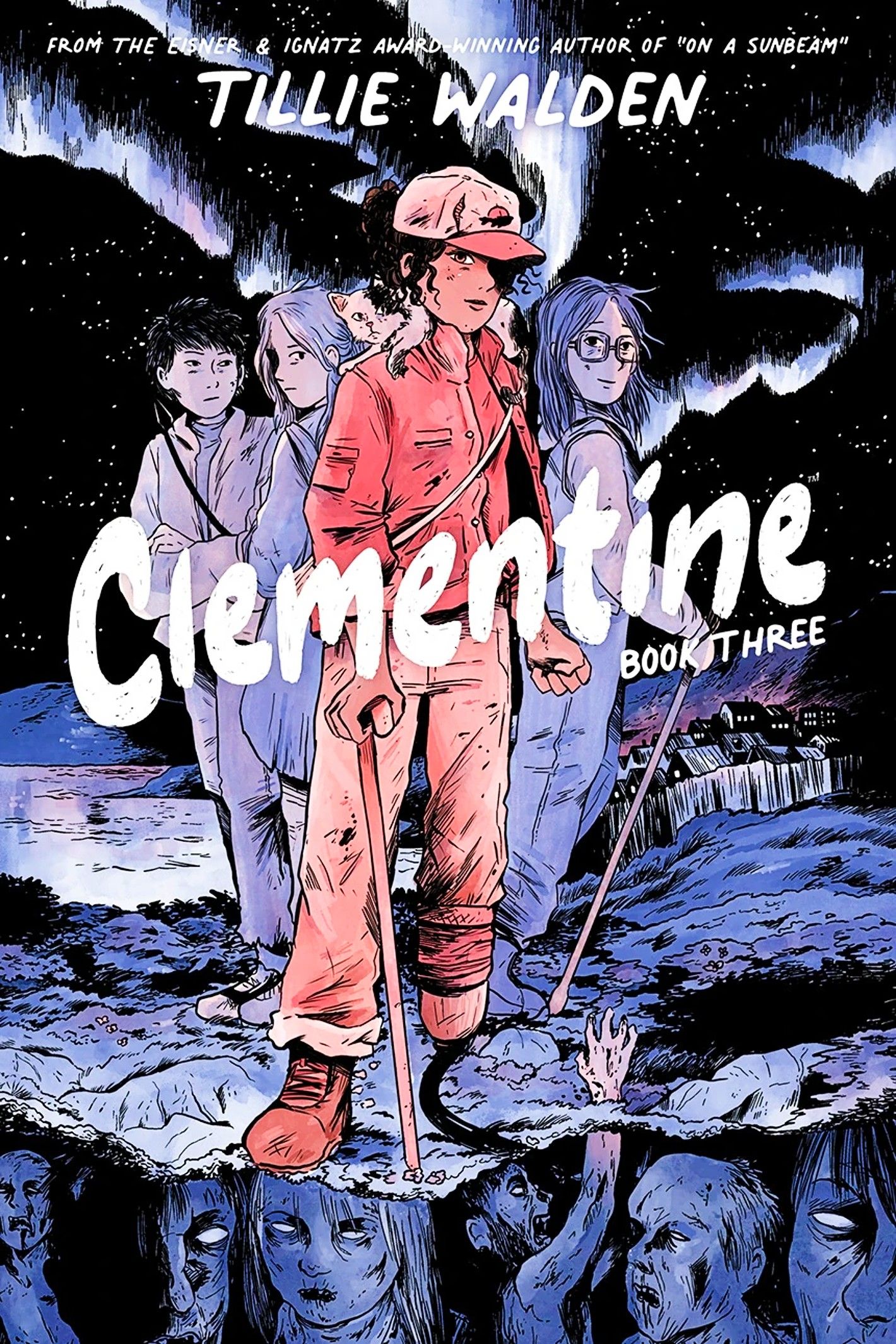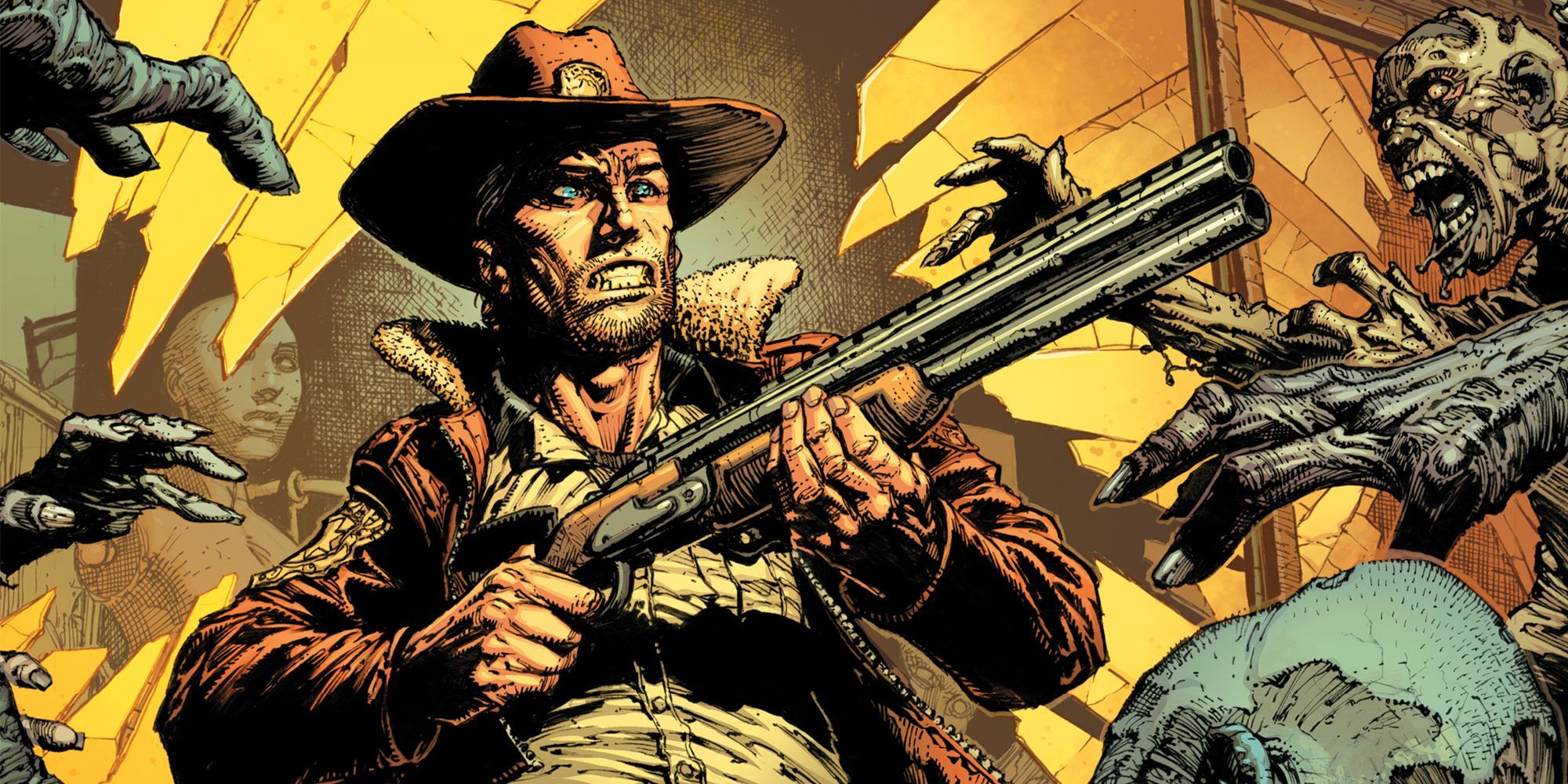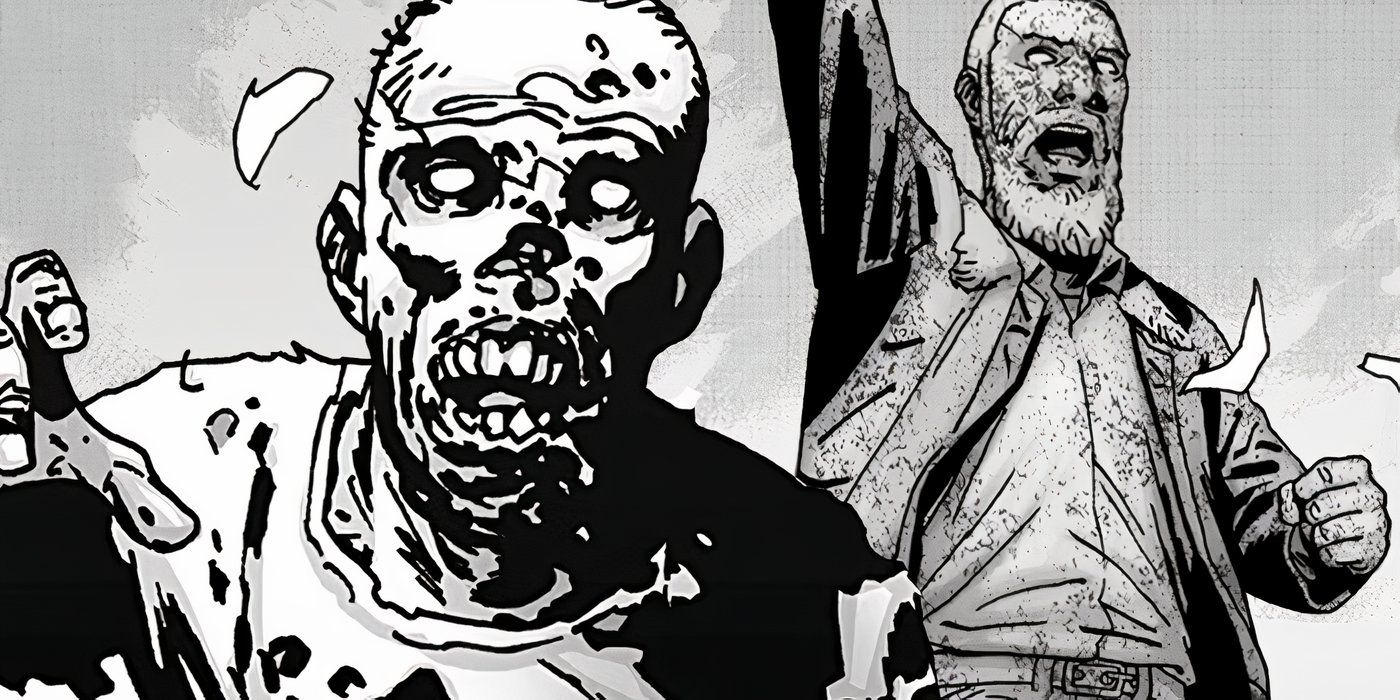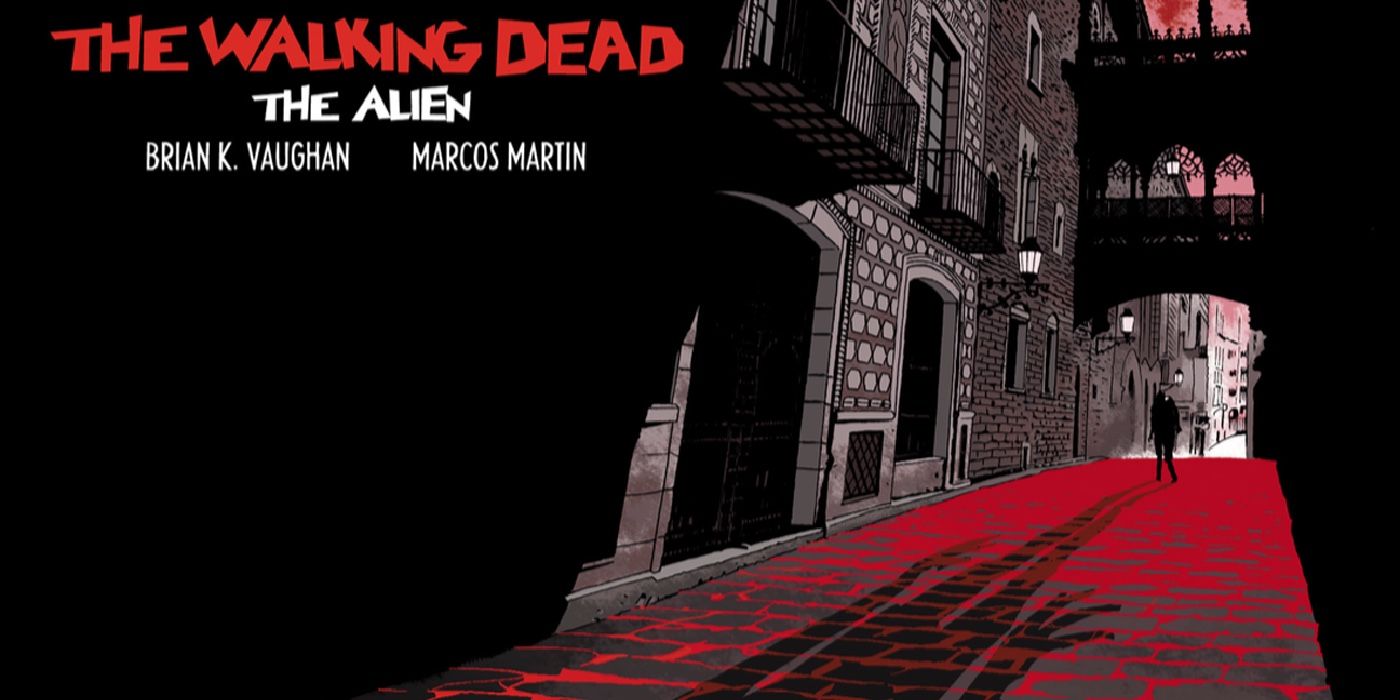
Beginning its almost 200-issue run over 20 years ago in 2003 and concluding in 2019, The Walking Dead, written by Robert Kirkman and illustrated by Tony Moore and Charlie Adlard, helped repopularize the zombie genre alongside 2002’s harrowing 28 Days Later and 2004’s stylish Dawn of the Dead remake.

A black and white comic that made the transition into multiple different mediums in the years since its inception, The Walking Dead’s spinoff graphic novel series, Clementine, follows a character unrelated to Rick and his crew, with a recent Popverse interview with the book’s writer/artist, Tillie Walden, admitting that The Walking Dead needs “new voices and new perspectives.”
The Walking Dead Needs More International Stories To Continue To Succeed
According to Clementine Writer Tillie Walden

Choosing to focus less on blood-spurting spectacle and more on what makes Clementine and the people she meets tick, Walden explains in her interview how having Clementine travel from the United States up to Canada and eventually over to Greenland affected her story, as well as how diving into a culture outside of America positively shaped The Walking Dead’s universe.
Asking herself what “other groups of people and other places that have other histories” were experiencing during the zombie apocalypse, Walden touches on how she was “…curious about how it would feel to tell one of these stories in a place that wasn't predominantly American,” and how, if Walking Dead is to continue, “this is the future of it.”
New Perspectives Are Needed for The Walking Dead To Feel Fresh Again
Most of The Walking Dead Is Told Through One Group of People

No stranger to telling stories through the lens of a wildly diverse, multicultural, and multifaith cast of characters who ranged from being true leaders in the face of a crisis to cowardly self-serving human beings to outright brutish and over-the-top villains, The Walking Dead was still widely set in southern America and populated by individuals from that area.
Often criticized for having a repetitive narrative, Kirkman at least always had characters worth rooting for or railing against. But since Walking Dead really didn’t move away from its general setting nor have the ability to further diversify its cast while stuck in the same location, Kirkman made due in other ways that more than made up for it.

Making a case for why exploring international Walking Dead stories is important to the overall enrichment of Kirkman’s zombie epic, Walden’s reasoning for why these types of tales should be the norm for The Walking Dead moving forward is sound, especially if Kirkman continues to allow writers other than himself to play in the world he created.
The Walking Dead Rarely Branches Out in How It Tells Its Zombie-Themed Stories
When It Does, It's Usually in a Different Medium

Yet for as groundbreaking and fresh as Clementine felt by the time it wrapped up its award-winning three-part story earlier this year, Walden’s unique take on The Walking Dead’s dangerous post-apocalyptic world isn’t the first time new perspectives and different locations have been introduced to Kirkman’s undead universe, comics or otherwise.
Receiving a live-action adaptation in AMC’s The Walking Dead in 2010, this series has spawned at least five spinoffs, with Daryl Dixon following the character as he continues his zombie-killing exploits overseas in Paris, itself inspired by the similarly set comic titled The Walking Dead: The Alien, a one-shot that was told from the perspective of Rick Grimes’ brother, Jeffrey.

While the original Walking Dead comic is a masterclass in zombie horror, it has since branched out from its Robert Kirkman-created structure to feature even more interesting settings and unique characters, with the idea of the franchise further pursuing these kinds of perspectives and locations being exactly what The Walking Dead needs to continue to thrive as a series.
Source: Popverse

-1751443238-q80.webp)
-1755094040-q80.webp)
-1750010412-q80.webp)